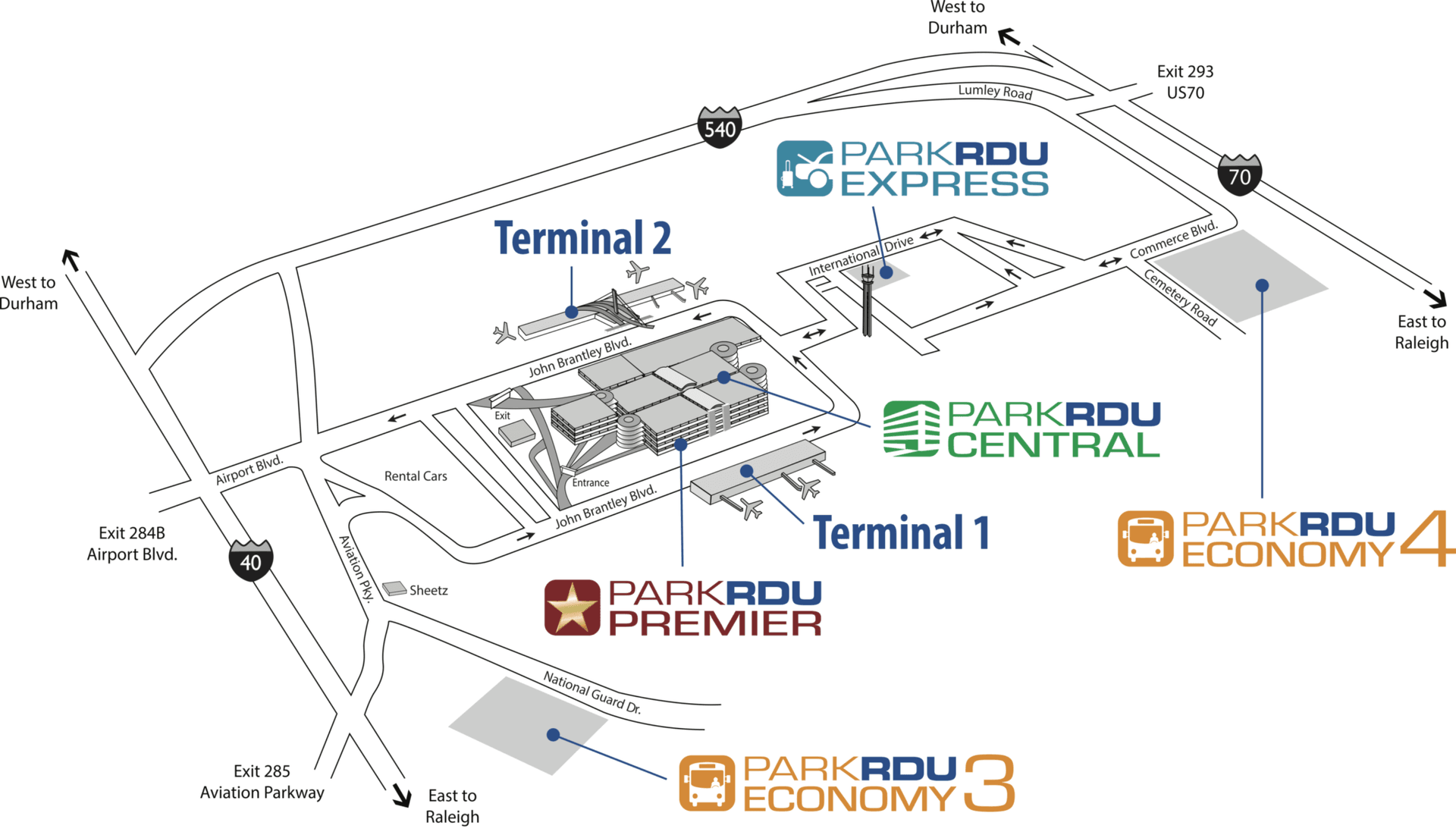RDU Traveler Guide, Terminals, Parking, Holiday Travel Preparedness
Raleigh Durham International Airport offers distinct Terminal 1 and Terminal 2 layouts with multiple concourses, a range of parking choices, new dining options, and ground transportation procedures that matter to Wake County travelers. Understanding terminal assignments, parking and shuttle options, pre security dining and expedited screening tips, and ride share rules can reduce delays and ease holiday travel pressure.

Raleigh Durham International Airport serves as the primary air gateway for Wake County and its travel systems are increasingly important as holiday season demand grows. The airport is organized around Terminal 1 and Terminal 2, each with concourses serving specific airlines and gates. Passengers should confirm terminal and gate assignments before leaving home, since terminal and concourse designation determines where to park and which entry to use.
Parking at the airport includes hourly lots near the terminals, covered parking garages for shorter stays, and remote long term lots served by shuttle buses. Remote parking shuttles link lots to both terminals and to the hourly areas, and remote lots are generally the better option for multi day travel while garages and hourly lots suit short visits. Travelers should allow extra time for shuttle transfers during peak travel periods.
Pre security dining and concessions have expanded at RDU, with recently opened chef driven concepts alongside arrivals by national brands. Those options can alter where passengers choose to arrive at the terminal, since some food and beverage choices are located before security. For passengers who prefer dining after screening, the airport offers a range of post security concessions across concourses, but it remains important to monitor gate and concourse assignments to avoid missing boarding calls.

Expedited screening programs are available and can reduce wait times. Enrolling in trusted traveler programs and checking estimated security wait times before departure can be especially valuable during holiday surges when lines are longest. Ground transportation procedures for taxis, ride share services and private shuttles vary by terminal, and pick up and drop off areas are controlled to manage curbside congestion. Travelers should follow airport signage and the latest app guidance when arranging pickups.
Local implications include strain on roadways around the airport, the need for coordinated parking policy and transit planning, and revenue impacts for the airport authority and county services. For Wake County residents, planning ahead, verifying terminal and gate status, and considering public transit or remote parking can reduce delays and improve the traveler experience during the busiest weeks of the year.


